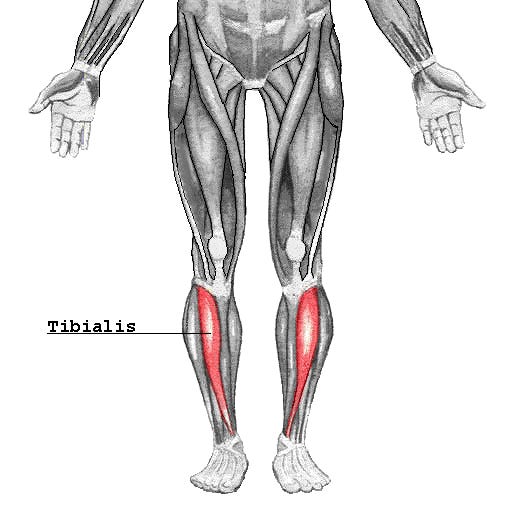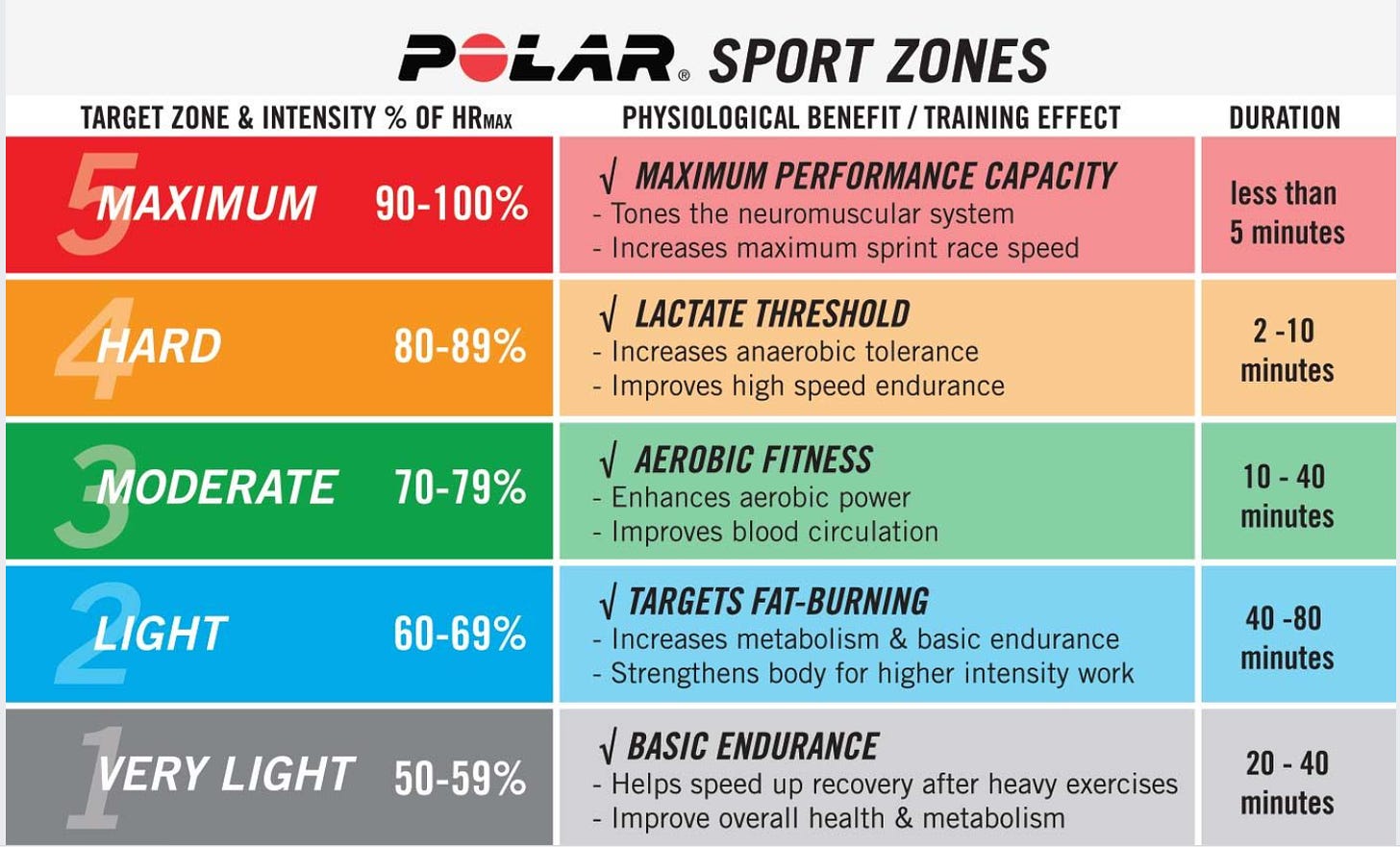The last couple of weeks we covered the meat leopard running template so now is the time to get into progressions and how to specifically apply the template so you can hit the pavement. Keep in mind, this template is best for those that have been in the gym consistently but haven’t done much running and wish to do so as the weather warms up. This program is not for marathon training although the concepts can still apply for somebody looking to use the program to run a 5k, 10k, or even greater distances.
Meat Leopard Block 1 (Weeks 1 - 3)
Keep in mind, each block of training is designed to build onto the next. You should not be skipping workouts. Below is the layout we will use for this program. Each block will be 3 weeks in length.
As you can see, we’re just building distance and capacity these first 3 weeks. Most of the runs shouldn’t be super difficult. Really use this time to condition the soft tissue in your knees and ankles to the repeated impact of running. Managing volume with shorter but more frequent runs will hopefully also prevent shin splints. However, strengthening up the anterior tibialis muscles may be a good idea if you’re particularly prone to knee pain or shin splints from running.
You can train the tibialis muscles with Tib Raises easily from home or at the gym with just a band. If you don’t have access to a band or it’s too intense with a band, then just use your own bodyweight and mimic the motion without a band. Do these for a ton of reps at first without the band if your shins are deconditioned before moving over to the band.
The first block of training has 66% of the sessions at a 60% intensity. Intensity is gauged by a percentage of your heart rate max. If you don’t have a heart rate monitor, run roughly at what a 60% effort of max feels like. These runs will not be difficult, again, the point is to build tolerance to running before increasing speed. On day 2 the intensity is a bit higher with shorter runs but still nothing super fast. Block 1 should lay a solid foundation to build from.
How to estimate your heart rate max (HRM)
HRM = 220 - Your Age
Example: 25 year old has an estimated HRM of 195 (220-25 = 195)
The lifting portion is something that I will release next week for block 1. If you’re severely out of shape and running for 12 minutes is difficult, do the same thing as above but instead of running for the entire 12 minutes, run for 1 minute and walk for 1 minute until the 12 minutes is completed. Do the same at the respective intensity for all of the runs. After the first block you should be in good enough (not great, but good enough) shape to maintain a run for at least 10 minutes.
You can also add an intro week of just 5 to 10 minute runs at 60-70% intensity before beginning week 1. This may seem silly to seasoned runners, but after hearing horror stories from strength athletes about their experiences running after taking time off from it, it can be super valuable to take that extra week of low volume runs before beginning run training.
If you need help modifying the template for your goals or have questions, drop them below. If you want some more info checkout the previous articles.
How to Balance Lifting & Running
Thoughts on Concurrent Training
Running not your style? Bang out some kettlebell konditioning. I gotchu.









